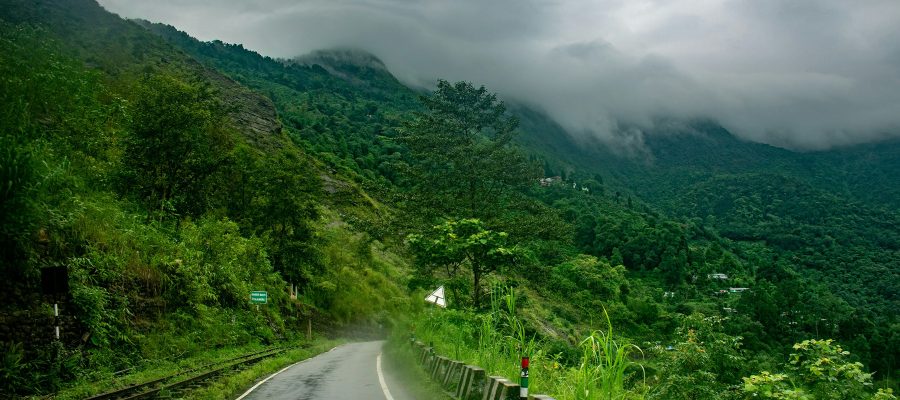Have you experienced an Indian summer? It can be merciless, stifling, even oppressive. The world seems to melt under the scorching sun, streets turn into a furnace and tempers flare. Conversations centre around soaring temperatures and the possibility of rain. Fortunately, the arrival of the monsoon in India is not just a matter of chance. The event follows a predictable pattern, almost like clockwork. The Southwest Monsoon reaches Kerala in the first week of June and covers the entire country by mid-July. The Northeast Monsoon follows in October, bringing rains to southern India. This never-fail sequence dictates everything from crop planting to festivals, year after year. Monsoon festivals like Teej and Onam add cultural charm, signifying the connection between rain and harvest.
In India, the rains are a time of revival, renewal and rejuvenation.
As the first drops fall and the parched earth eagerly soaks up the water, the air is filled with the earthy scent of petrichor. There’s a rush of childhood memories, an irresistible urge to splash in puddles with abandon and dance in the rain like nobody’s watching. Cascading droplets on window panes and the rhythmic sound of pitter-patter act like soothing lullabies. Steaming cups of tea or coffee with crispy ‘pakoras’ and hot ‘jalebis’ are almost mandatory. As the downpour washes away the dust and grime, it leaves nothing but unadulterated joy and a refreshed outlook.
The monsoon’s influence has inspired centuries of art and music, becoming a muse for writers, poets, and musicians alike. Indian classical music, with its intricate melodies and soul-stirring compositions, mirrors the rhythm of the monsoon. Ancient “ragas” like Megh Malhar and Miyan ki Malhar, crafted in the medieval period, were meant to evoke the essence of swirling clouds and rain-drenched landscapes. This enduring fascination with the monsoon continues to reflect in rainy song sequences of Bollywood movies, from the B&W classics of Raj Kapoor to the peppy item numbers of today.
Kalidasa, a great classical Sanskrit writer from the 4th or 5th century, painted an exquisite picture of the monsoon’s beauty in his masterpiece,” Meghdoot”, about a lovelorn Yaksha who sends a message to his beloved through a passing cloud. Over time, modern Indian authors like R.K. Narayan and Arundhati Roy have continued using the monsoon as a backdrop to explore themes of love, longing, and the passage of time.
For centuries, Indian folk art like Pattachitra, Warli, and Madhubani have interpreted this season through their unique artistic styles by depicting scenes of farmers in rain-drenched fields and dancing peacocks. Monsoon has been a recurrent theme in the Mughal and Rajasthani miniature paintings. The works of Indian art masters like M.V. Dhurandhar and Abanindranath Tagore also show a deep-rooted connection between rain and life in India.
The Indian monsoon is not just a weather phenomenon but a cultural symphony that weaves threads of music, literature, art, and life itself. In they words of the prolific writer, Khushwant Singh, “What the four seasons of the year mean to the European, the one season of the monsoon means to the Indian. It is preceded by desolation; it brings with it hopes of spring; it has the fullness of summer and the fulfilment of autumn all in one.”

